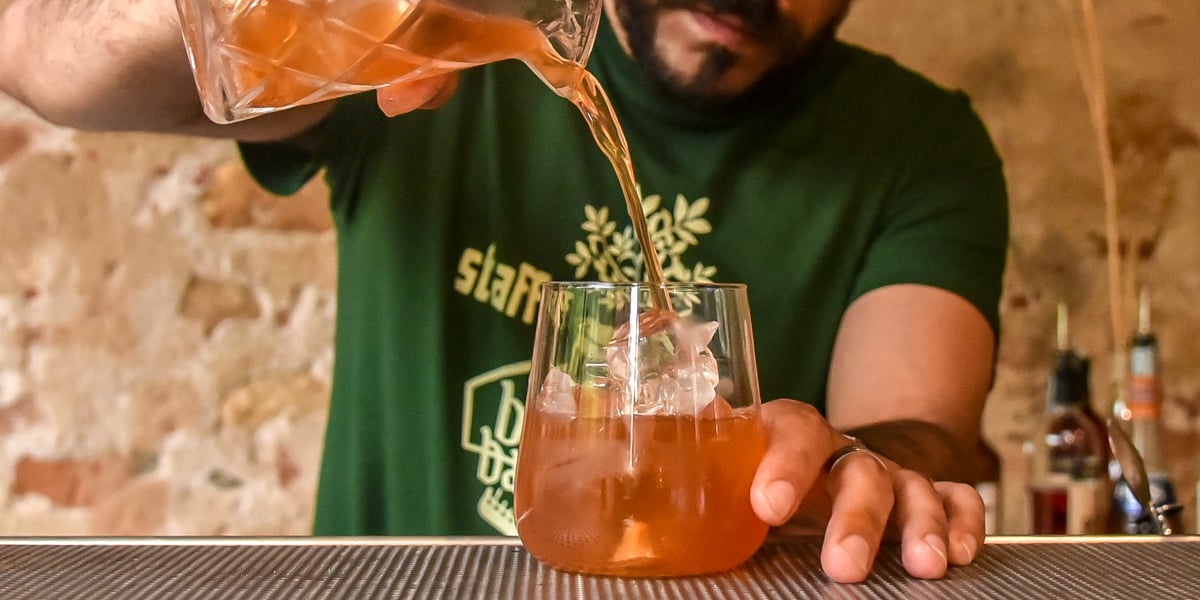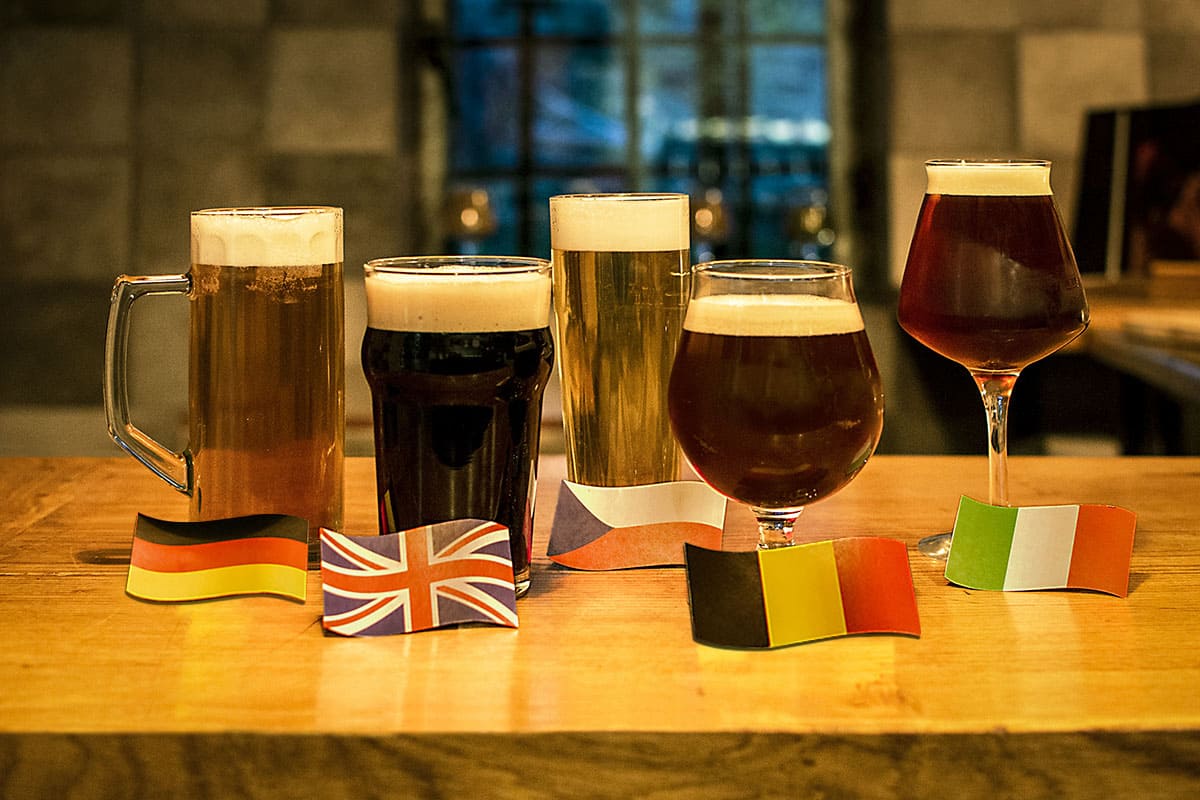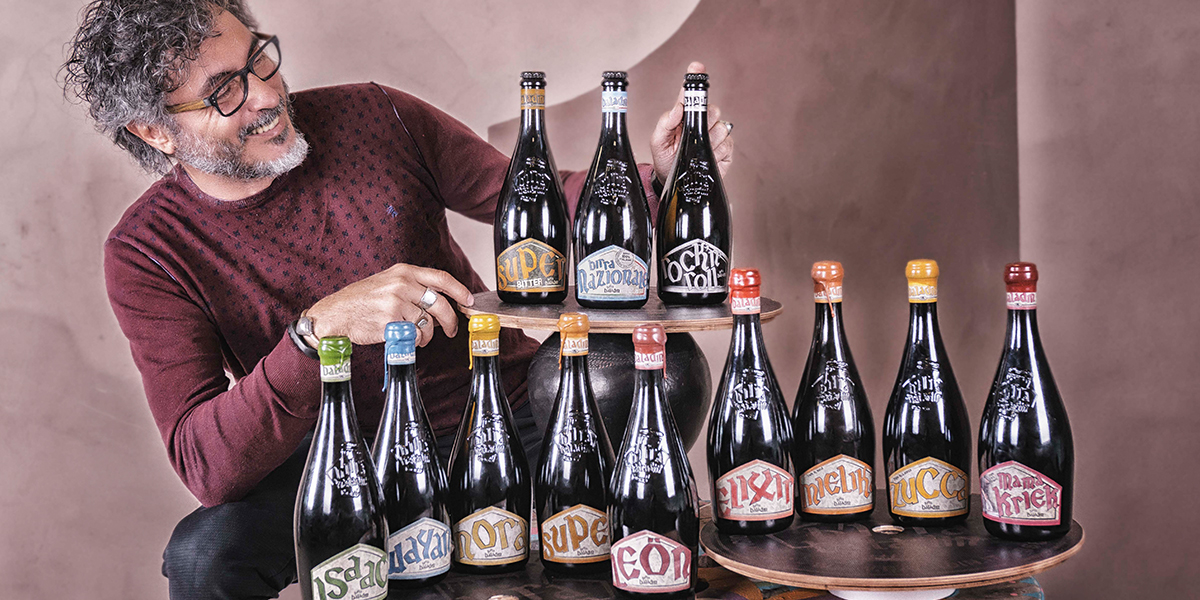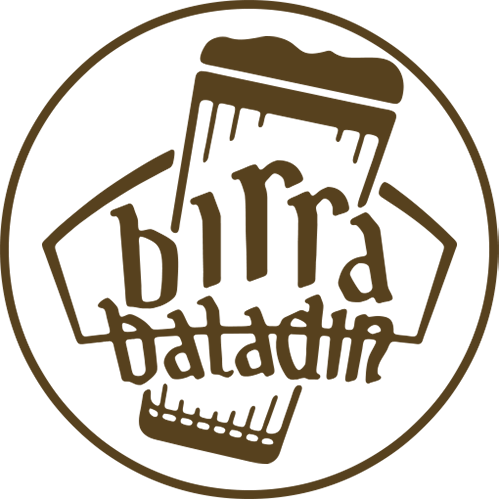More than just a Beer: Beer Cocktails!

The tendency to cross-pollination is one of the big trends in the contemporary food and drink culture.
The idea of combining different worlds in one product is extremely fascinating, but may understandably upset the purists on both sides. For many years, for instance, creating cocktails with beer as one of their ingredients was firmly opposed by beer lovers, who saw it as an heretical and desecrating practice. Over time, though, professional mixologists have managed to convince consumers and brewers and beer cocktails are now a growing trend, with a lot of still untapped potential.
History and recent evolutions
After all, the marriage between beer and cocktails has never been an easy one. Out of the many recipes contained in one of the key texts on mixology - the legendary “How to Mix Drinks” by Professor Jerry Thomas - only eight include beer. The combination already appeared difficult in the mid-19th century (when the book was published) and this certainly didn’t change in the following decades. The globalization of the beer market further undermined the union: the spreading of industrial products made by multinationals, with anonymous and very similar tastes, certainly did not titillate the imagination of bartenders.
The appearance of beer cocktails is, therefore, a relatively new phenomenon and has developed thanks to the international craft beer revolution. The rediscovery of many different beer styles and the explosion of tastes that characterizes the sector has finally given mixologists an intriguing ingredient that can be used in completely new ways. The trend initially developed in the United States, overcoming the physiological initial resistance, and then landed in Europe, where it started to seduce the breweries (and drinkers) of the Old Continent.
The right beer styles
Hoppy beers are not easy to tame when it comes to mixed drinks, but other beer types can give unusual and intriguing nuances to cocktail recipes. Stouts and Porters, for instance, with their dark malts, make for a very interesting roasted base, with distinctive notes of cocoa and coffee. The (more or less) delicate acidity found in some styles (Blanche, Berliner Weisse, Wheat Beer) can provide an additional layer of taste and the right balance in a cocktail. Fruit beers are another style that lends itself well to mixology, for obvious reasons. Some beers present a mix of all these characters and offer further opportunities to bartenders.
Beer cocktails and mixology-inspired products
One of the best known beer cocktails is Black Velvet, a curious blend of Champagne and Stout (in equal parts) which combines opposite experiences of taste and texture. Another rather traditional cocktail is Hangman’s Blood, built on a diverse and complex mix: two parts of Gin, two of Whisky, two of Rum, two of Port wine, two of Brandy and one 33 cl bottle of Imperial Stout. To finish it off, a dash of Champagne.
Sometimes, it is mixology that inspires brewers: some not so rare beers are created following the recipes of popular cocktails or long drinks, such as Sazerac, Gin Tonic, White Russian or Manhattan. One of the most recent hybrid products developed in Italy is Beermouth by Baladin: a vermouth obtained from a mix of 13 botanicals and a beer base, the extraordinary Baladin Xyauyù. Beermouth is perfect for cocktails, thanks to the complexity of its aromas that is very well suited to the art of mixology.
The world of beer cocktails is very diverse and is growing steadily, now that the initial mistrust has been overcome and both bartenders and brewers are becoming intrigued by it. Talking about mixology and beer is no longer a blasphemy, as demonstrated by the number of bars and initiatives both in the United States and in Europe. The aromatic possibilities offered by beer in mixed drinks are virtually endless, especially if we think that both universes will further evolve and influence each other. Only time will tell where the boundaries of this very peculiar combination lie.





